Buy Gibeon Meteorite 408g
$400.00
Specimen Type: Iron, IVA
Additional Information: Gibeon. A perfect example of how an experienced cutter can make make an odd shaped meteorite into absolutely stunning slices. Etch is stunning overall. Gibeon is a stable, and increasingly difficult to find, IVA iron.
Gibeon Meteorite 408g
The Gibeon meteorite is one of the most famous and widely studied iron meteorites, known for both its scientific significance and aesthetic appeal. It originated from the core of an ancient planetary body that broke apart during the early formation of the solar system. The meteorite is believed to have fallen in prehistoric times, but it was discovered in 1836 near the town of Gibeon in Namibia, in what is now southern Africa. Scattered over a wide strewn field, fragments were first collected by the Nama people and later brought to the attention of European scientists. Due to the high quality and consistent structure of its metal, it has been used for both research and artistic purposes, and the Namibian government now protects any remaining pieces under cultural heritage laws.
Composed primarily of iron and nickel, the Gibeon meteorite is classified as a fine octahedrite and is particularly renowned for its spectacular Widmanstätten pattern. This intricate crystalline structure forms naturally over millions of years as the molten metal cools at an extremely slow rate in space—just a few degrees every million years. When etched with acid after being sliced and polished, the Gibeon meteorite reveals a beautiful lattice of intersecting bands, showcasing the intergrowth of kamacite and taenite alloys. Its stability, fine grain, and striking patterns make it a favorite among collectors, jewelers, and museums around the world.
Be the first to review “Buy Gibeon Meteorite 408g” Cancel reply
Related products
IRON METEORITES
IRON METEORITES
IRON METEORITES
IRON METEORITES
IRON METEORITES
IRON METEORITES
IRON METEORITES
IRON METEORITES


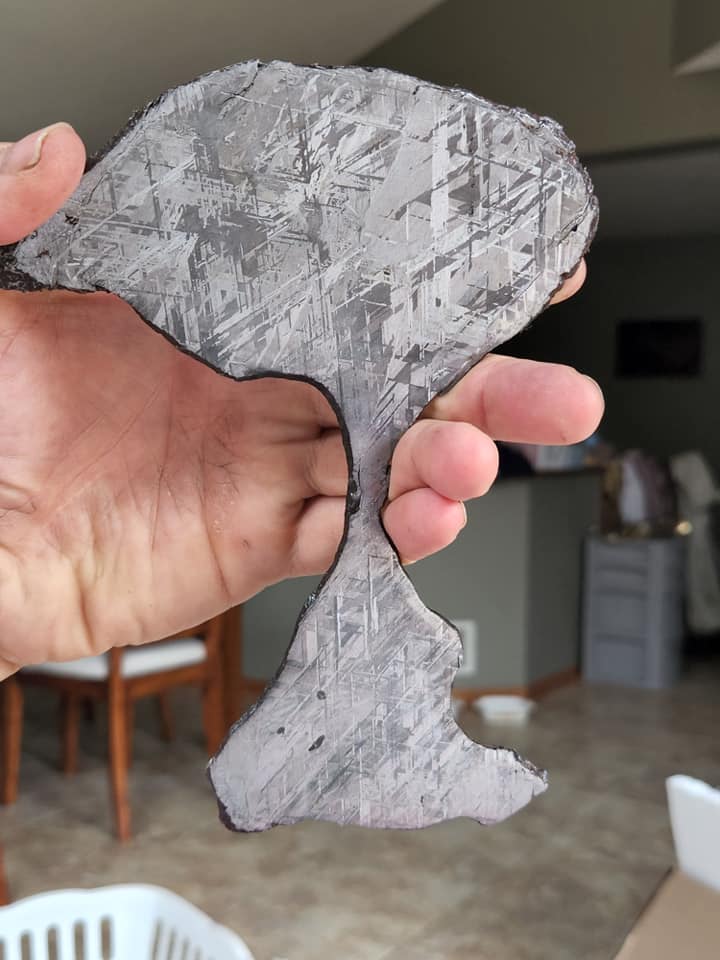
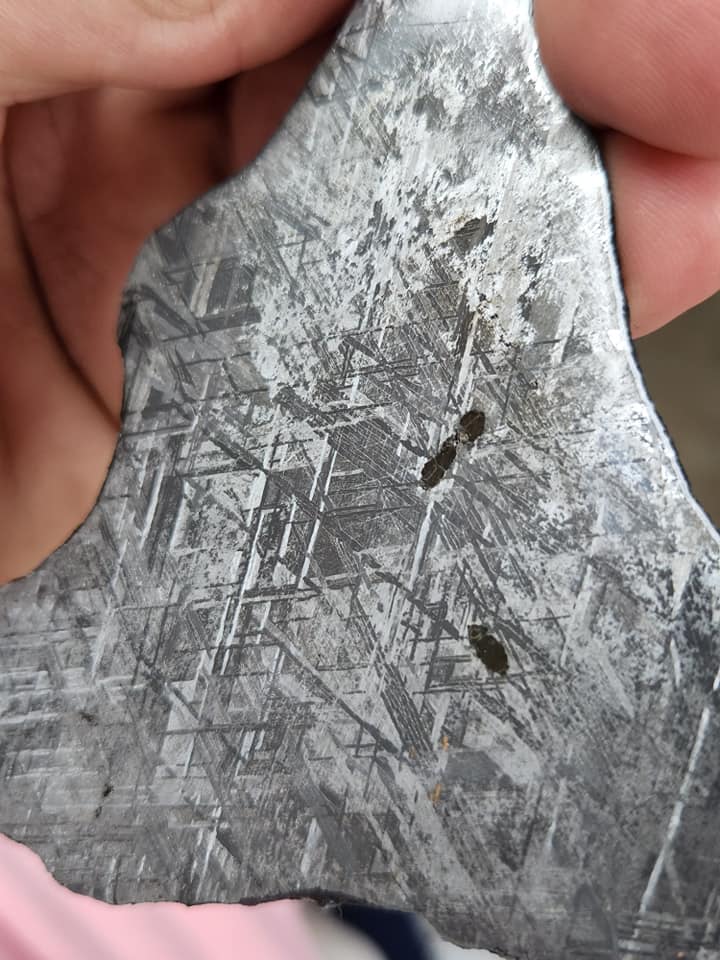
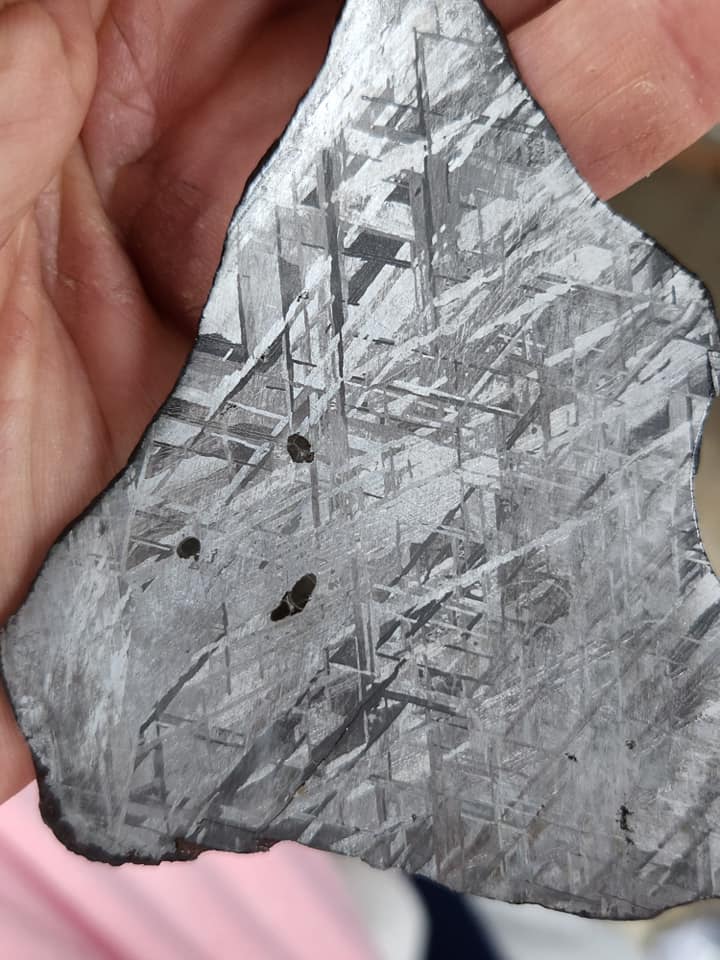
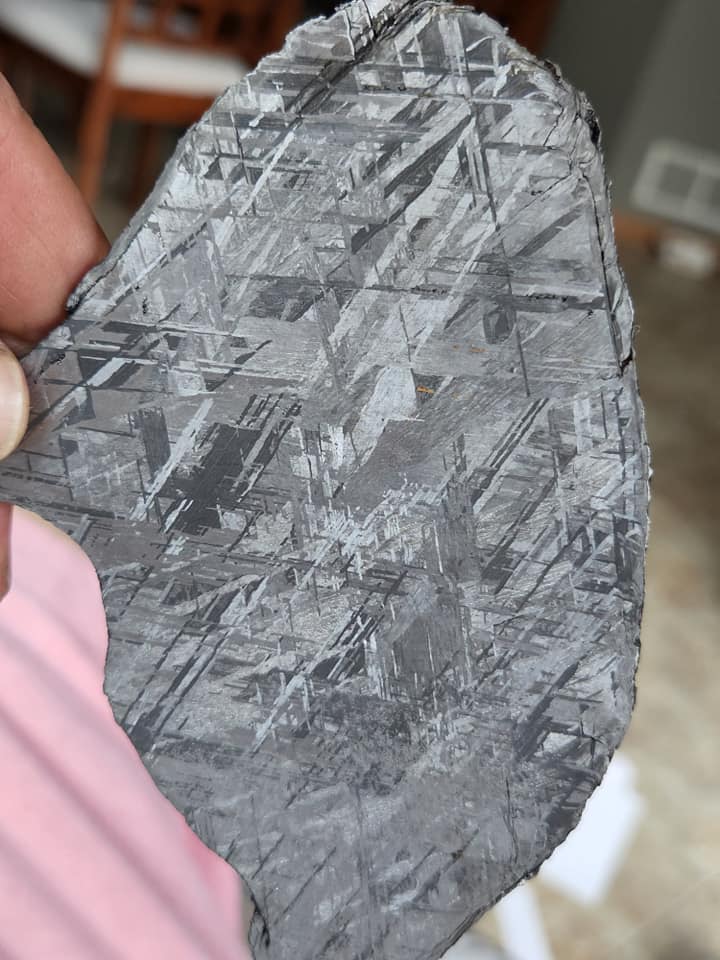

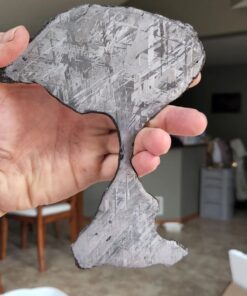
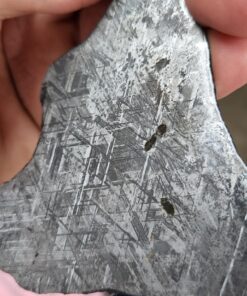
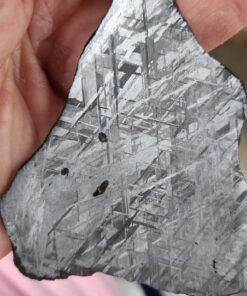

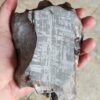
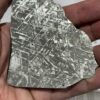
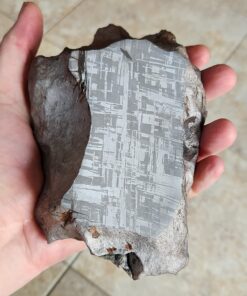
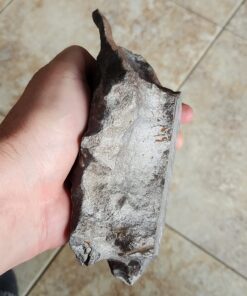
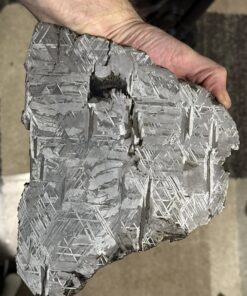


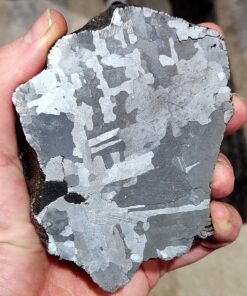
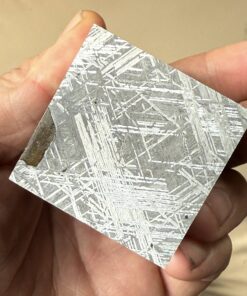
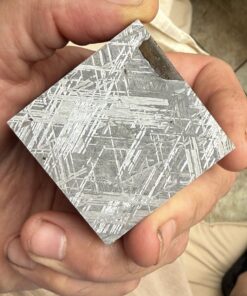
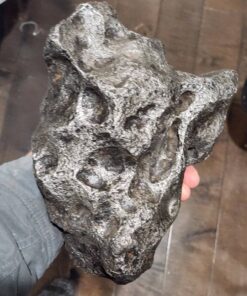

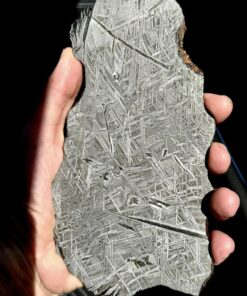
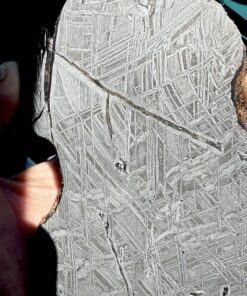
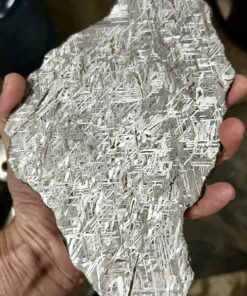
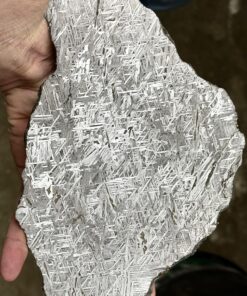
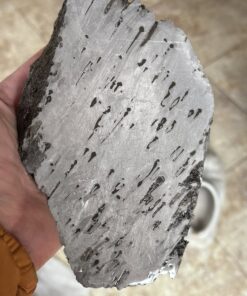
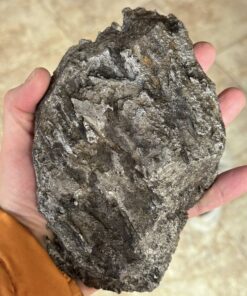
Reviews
There are no reviews yet.